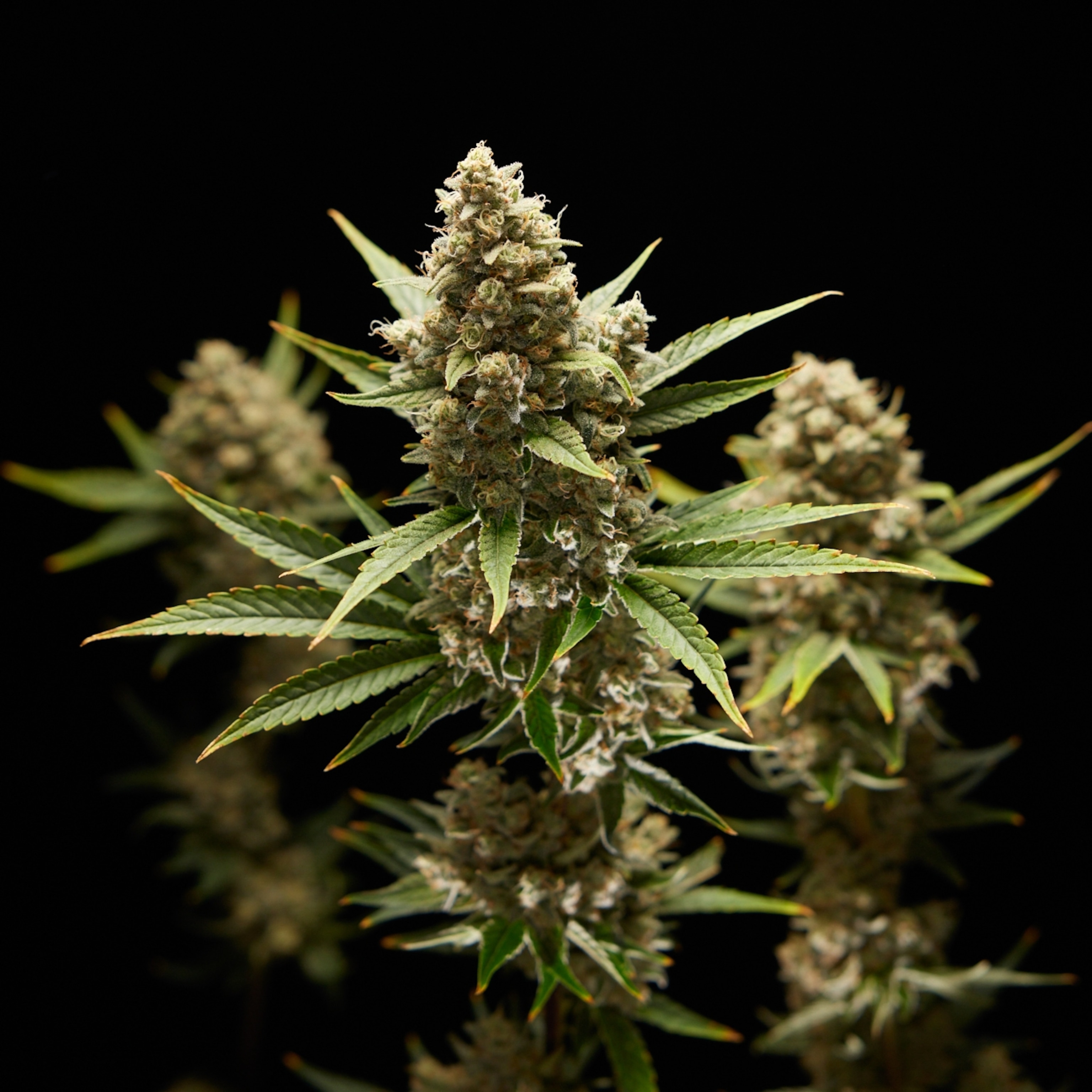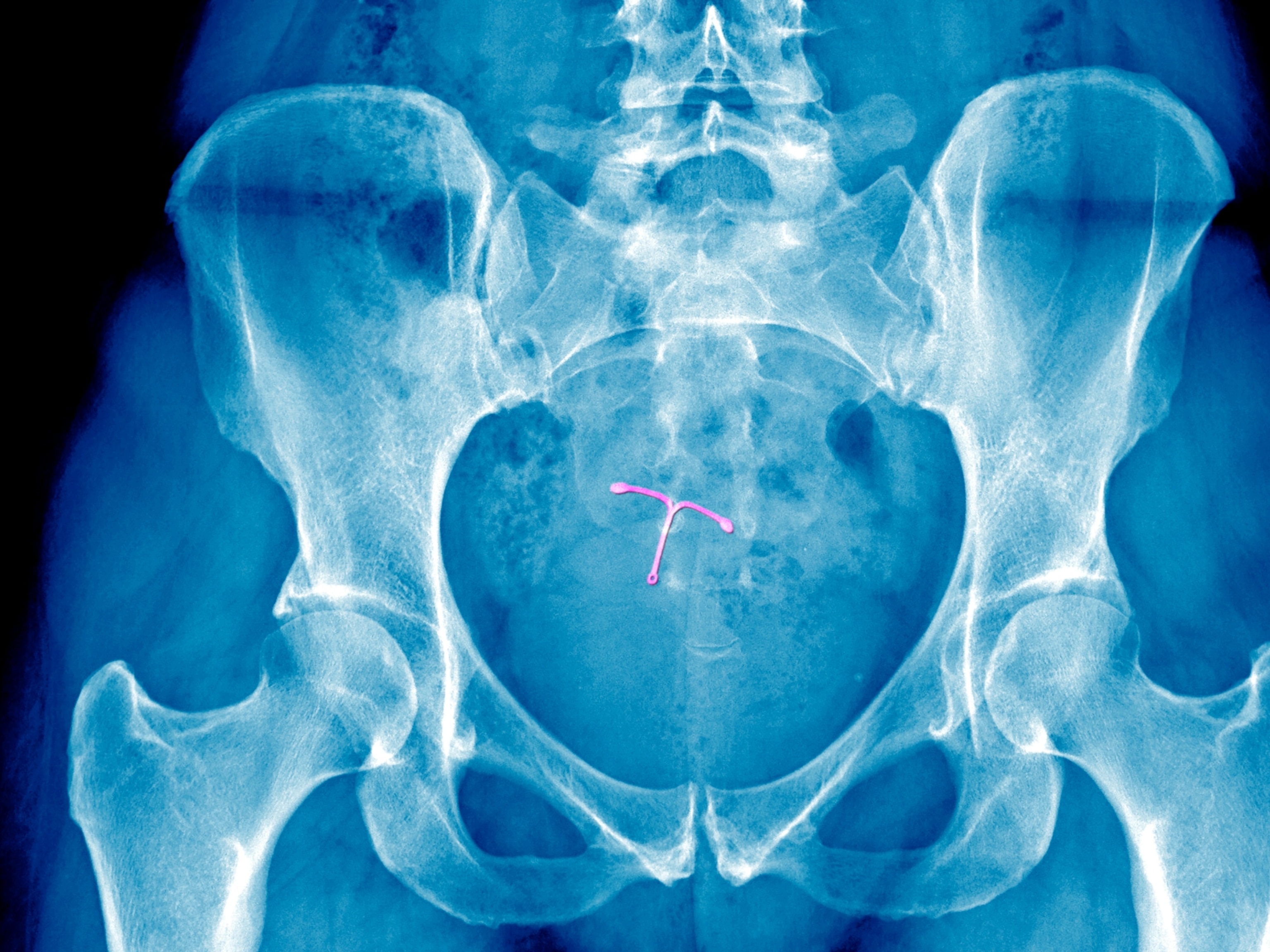
Countries Wary Of Drug-Resistant Staph Moving From Pigs To People
The little girl, just 6 months old, was headed in for surgery to fix a heart defect. The hospital where the surgery would take place wanted to prevent infections spreading among patients—and so, as they did routinely, they ran tests to see whether she was carrying any bacteria that would be a risk to others. Since her birth, she had been only at home, in a small town, and because of her heart problem, not very active. The hospital expected to find nothing.
But, to their surprise, they did. And what they found would reveal an unexpected risk to health worldwide, and re-frame the debate about one of the most contentious issues in agriculture and medicine.
(1,000 Year Old Remedy May Cure MRSA, Still Faces Market Hurdles)
The hospital was in the southeastern Netherlands, an area of concentrated big-farm agriculture. What they found, when they tested the girl almost 11 years ago, was a strain of MRSA, antibiotic-resistant staph. MRSA is a common problem in hospitals, but this was a type that had never been seen before, and it sent doctors and epidemiologists on a hunt for the source. Her parents were pig farmers, and they, some of their pigs and some fellow farmers nearby were all carrying the same resistant germ. It had become resistant not because of any drugs the farmers had been given by any doctors, but because they, like farmers around the world, routinely gave antibiotics to their pigs.
That accidental discovery became one of the best proofs yet that giving antibiotics to livestock creates health risks for humans. Now the bacterium in question—a MRSA strain known as ST398 or CC398—is back in the news, causing problems in several countries and demonstrating that the transmission of resistant bacteria from farm animals wasn’t a one-time thing.
First, ST398 has been reported for the first time in pigs in England, years after British activists warned in a long report that it was likely to migrate from Europe, and after European scientists predicted correctly that this new type of MRSA could spread quickly via agriculture. Simultaneously, a multi-national scientific team that has been tracking ST398’s spread has reported that ST398 is adapting genetically in a way that makes it a “serious hazard for humans.” and that will allow it to find a home in other animal species where its presence might not be suspected.
Next, ST398 is causing an uproar in Denmark, a country that banned routine farm antibiotic use years ago and so keeps a close watch on any infectious organisms that might be brewing on farms. Last year, a scientist disclosed in a court case that “pig MRSA” had killed three Danes, and this week, Danish media are reporting that ST398 now causes two-fifths of all MRSA infections in the country, twice as much as a year ago. Two papers (the Politiken in Danish and the Local in English) quote a prominent microbiologist saying that pig MRSA is “an epidemic that is out of control.”
This might be just a European story, except that two new scientific papers by the American scientist who first identified ST398 in the United States in 2008 show how the movement of resistant bacteria off farms has become a worldwide threat. In the journal Environmental Health Reports, Tara C. Smith of Kent State University’s College of Public Health details that pig MRSA has caused infections in people in more than 20 countries—some of them mild illnesses, and others leading to deaths. And in the journal PLoS Pathogens, Smith traces ST398’s global journey, and asks whether it will pose the same threat in the U.S. that it has elsewhere.
The answer to which is: It’s complicated. There is already a great deal of MRSA in the U.S.; people here know it not just for hospital infections, but because of its propensity to sicken children and attack pro athletes. So it’s possible that the ecological niche that ST398 occupies in Europe is, in the U.S., already full up with other bacterial strains. But Smith makes the point that MRSA of multiple types has been found around antibiotic-using farms in the U.S., and that our continued routine use of antibiotics in livestock-raising may force the emergence of threatening bacteria in ways that we cannot predict.
“The staph we’re seeing associated with livestock (especially pigs) and farmers in the U.S. is different from what those doing similar research in Europe are seeing,” she told me by email. “We do have the ‘prototype’ livestock-associated strain, ST398, but animals in the U.S. also harbor ‘human strains.'”
The key to finding the germ and forestalling the threat, she argues, is for the U.S. to create programs that would look for resistant bacteria on farms, and track the bugs as they move off farms, into the environment via manure and run-off, and into humans via meat. It’s the same kind of surveillance that British activists begged for and didn’t get, to keep MRSA from entering that country. And in the U.S., it has been proposed for years but blocked by animal food production advocates.
Smith says in her PLoS Pathogens paper:
…it is likely we are missing … spillover events of S. aureus from livestock to humans or vice versa. To track such events and facilitate both surveillance and source tracking of novel isolates, the buy-in of industry is needed. All too often, the relationship between public health and the agricultural and food industry is one of antagonism rather than assistance. Working together will mean both safer food products and well-protected workers.








